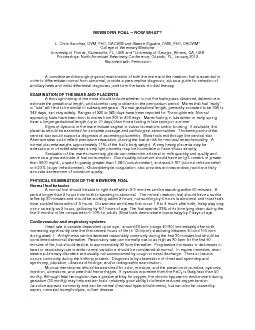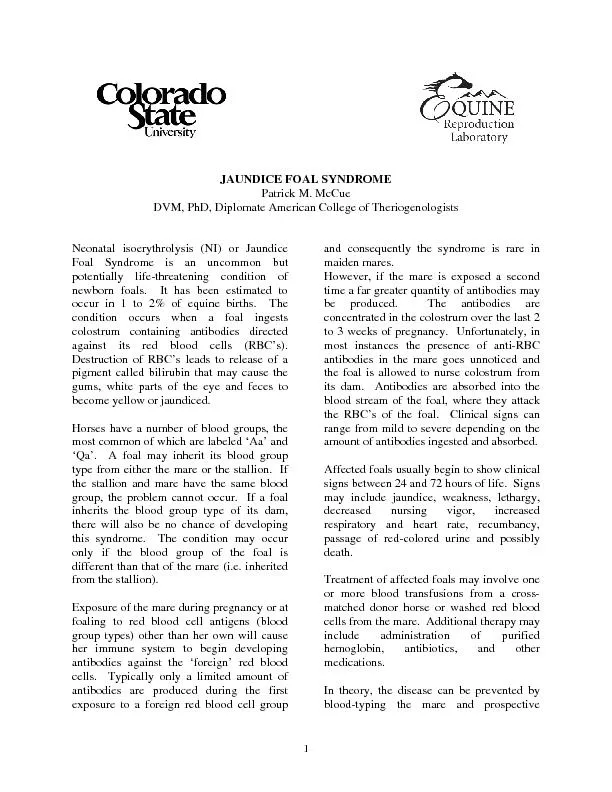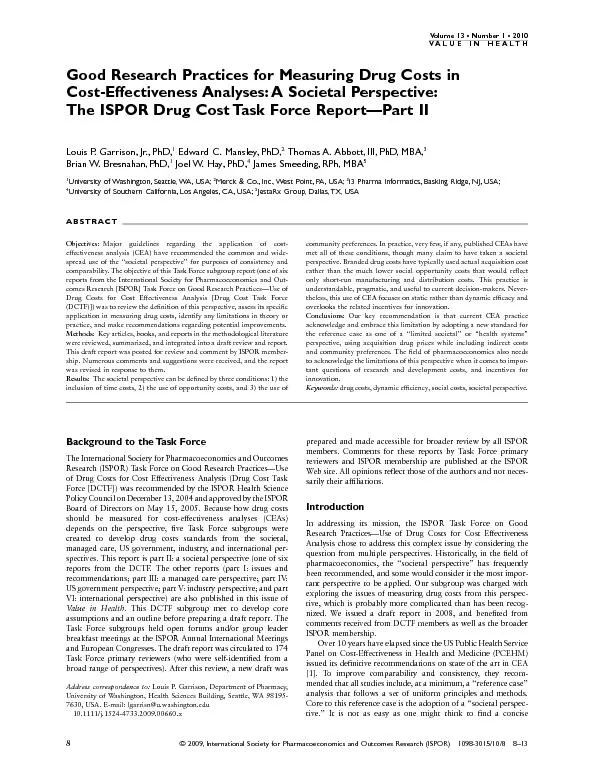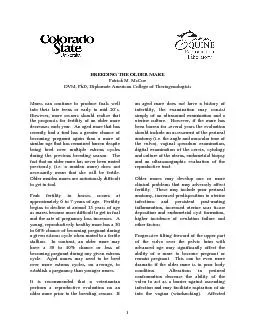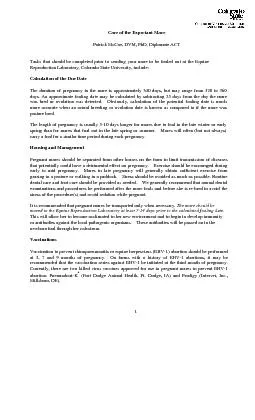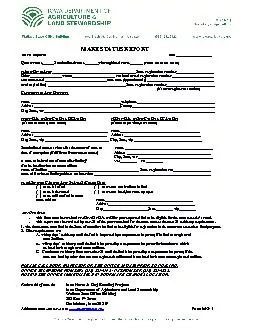PDF-NEWBORN FOAL NOW WHAT?L. Chris Sanchez, DVM, PhD, DACVIMand Steeve Gig
Author : lois-ondreau | Published Date : 2016-12-18
Auscultation of the lung fields can be very misleading in newborn foals Fluid sounds are normal immediately after birth as are crackles due to simple atelectasis
Presentation Embed Code
Download Presentation
Download Presentation The PPT/PDF document "NEWBORN FOAL NOW WHAT?L. Chris Sanchez, ..." is the property of its rightful owner. Permission is granted to download and print the materials on this website for personal, non-commercial use only, and to display it on your personal computer provided you do not modify the materials and that you retain all copyright notices contained in the materials. By downloading content from our website, you accept the terms of this agreement.
NEWBORN FOAL NOW WHAT?L. Chris Sanchez, DVM, PhD, DACVIMand Steeve Gig: Transcript
Download Rules Of Document
"NEWBORN FOAL NOW WHAT?L. Chris Sanchez, DVM, PhD, DACVIMand Steeve Gig"The content belongs to its owner. You may download and print it for personal use, without modification, and keep all copyright notices. By downloading, you agree to these terms.
Related Documents

